#pleuronectodae
Photo


Pacific Halibut
3 notes
·
View notes
Photo
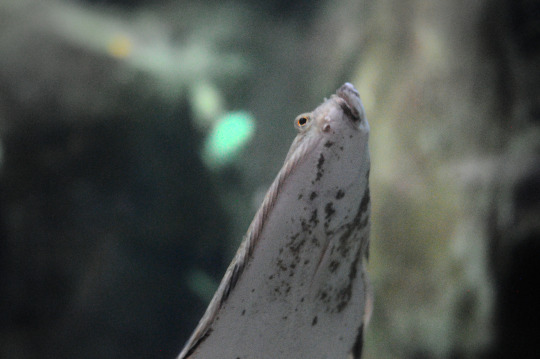
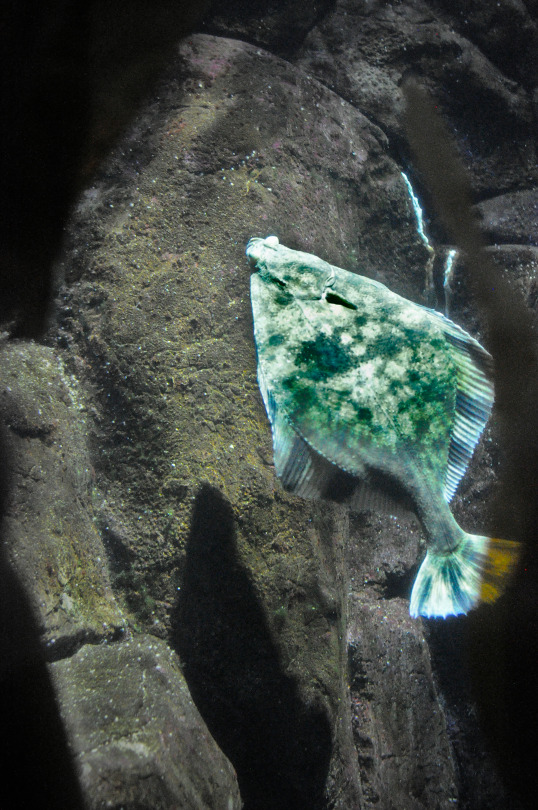
Platichthyes stellatus
7 notes
·
View notes
Text



Platichthys stellatus
#platichthys stellatus#starry flounder#pleuronectodae#flatfish#pdza#point defiance zoo & aquarium#aquarium
6 notes
·
View notes
Photo

Speckled sanddab (Citharichthyes stigmaeus)
#speckled sanddab#citharichthyes ctigmaeus#flatfish#pleuronectodae#ichthyology#marine biology#pnw#wa#washington#salish sea#whulge#puget sound#ocean#les davis#tacoma
7 notes
·
View notes
Photo

An english sole (Parophrys vetulus)
#english sole#parophrys vetulus#flatfish#pleuronectodae#pnw#puget sound#les davis#whulge#wa#washington#tacoma#marine biology#ichthyology#underwater#photography#scuba#diving#ocean#salish sea
14 notes
·
View notes
Link
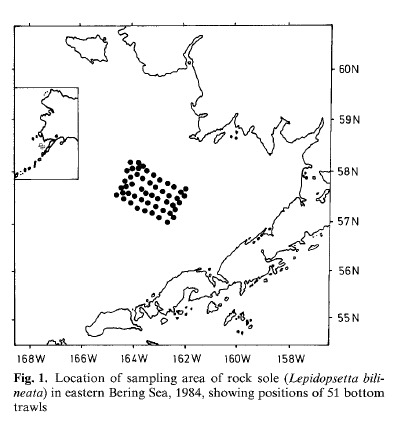
This study investigated the stomach and intestinal contents of 129 rock soles (Lepidopsetta bilineata) from the Eastern Bering Sea. The results showed that L. bilineata consumes about 1.61% of its body weight in food every day. These fish feed mostly in the late-afternoon to early-evening. The diet of this population of L. bilineata changes with body size. Smaller individuals of 20cm and under fed actively on amphipods, whereas larger fish of 30cm and larger fed opportunistically on both polychaete and echiuroid worms and amphipods. A variety of other organisms were present in the G.I. tract of the sampled fish, but they made up only about 2% of content by weight.

It is worth noting that diet of L. bilineata appears to vary by region; a prior study off the Oregon coast found that L. bilineata fed primarily on brittle stars. Others studies in the Northern Pacific indicated a higher prevalence of mollusks and sandlance above 50m. The 129 sampled fish in this study were taken farther out in the Bering Sea in deeper waters. Depth and region are factors affecting diet make-up.

This is wonderful to learn. Polychaete worms are terrifying, and I'm not saddened to know that they make a nice snack for adult rock soles.
4 notes
·
View notes
Photo
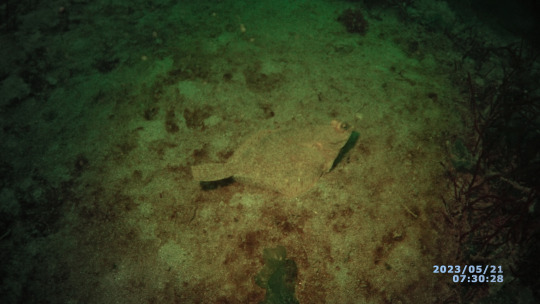
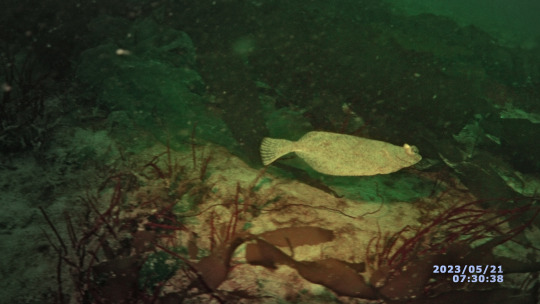

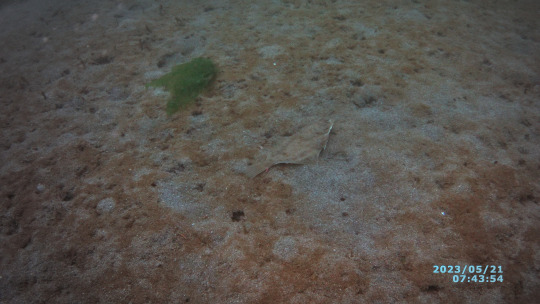
Rock soles (Lepidopsetta bilineata)
7 notes
·
View notes
Text

A juvenile Platichthys stellatus that showed up in our light trap, overnight! Literally flatfish Friday!
#fish#actinopterygii#pleuronectodae#platichthys stellatus#starry flounder#flatfish#dab#sanddab#plaice#turbot#halibut#flounder#sole
6 notes
·
View notes
Text
Rock Sole Identification
Have you ever see a flatfish and wondered “Huh, is that a rock sole (Lepidopsetta bilineata)?” Well, you’ve come to the right place! Here are two simple tips to answering the age-old question: rock sole or not rock sole?
Tip 1: L. bilineata is a unique species in that they do not bury themselves. Rather, they lay atop the sea floor. If you see a wild flatfish not in the water column or not as a pair of lil eyes sticking out of the substrate, there’s a good chance it’s a rock sole!
Tip 2: Now, Tip 1 alone is not enough. Even if the rock sole does not instinctually bury itself as a predation and defense mechanism, all flatfish may crawl on the substrate for short-range locomotion. Because of the chromatophores possessed by the pleuronectodae family, color cannot be relied upon, either. So what can you use to identify a rock sole? Well, gaze into their special eyes! Most flatfish in the north Pacific feature oblong pupils, but the rock sole has a bean shaped pupil! Illustrations below.


(standard flatfish pupil)

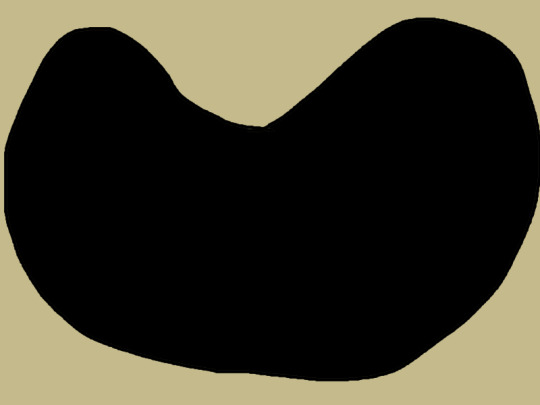
(rock sole pupil)
If you are lucky enough to get close to a rock sole, this simple feature will allow you to answer said age-old question. Cheers!
12 notes
·
View notes